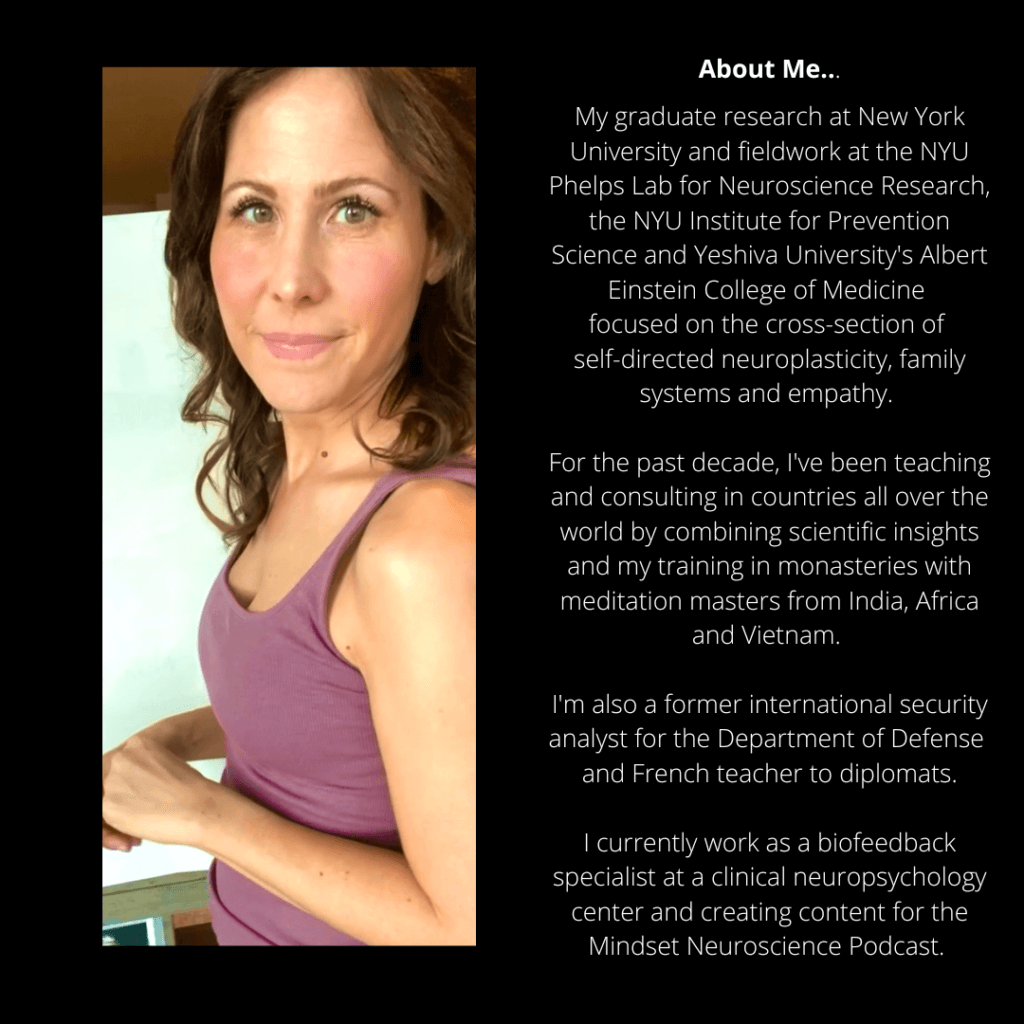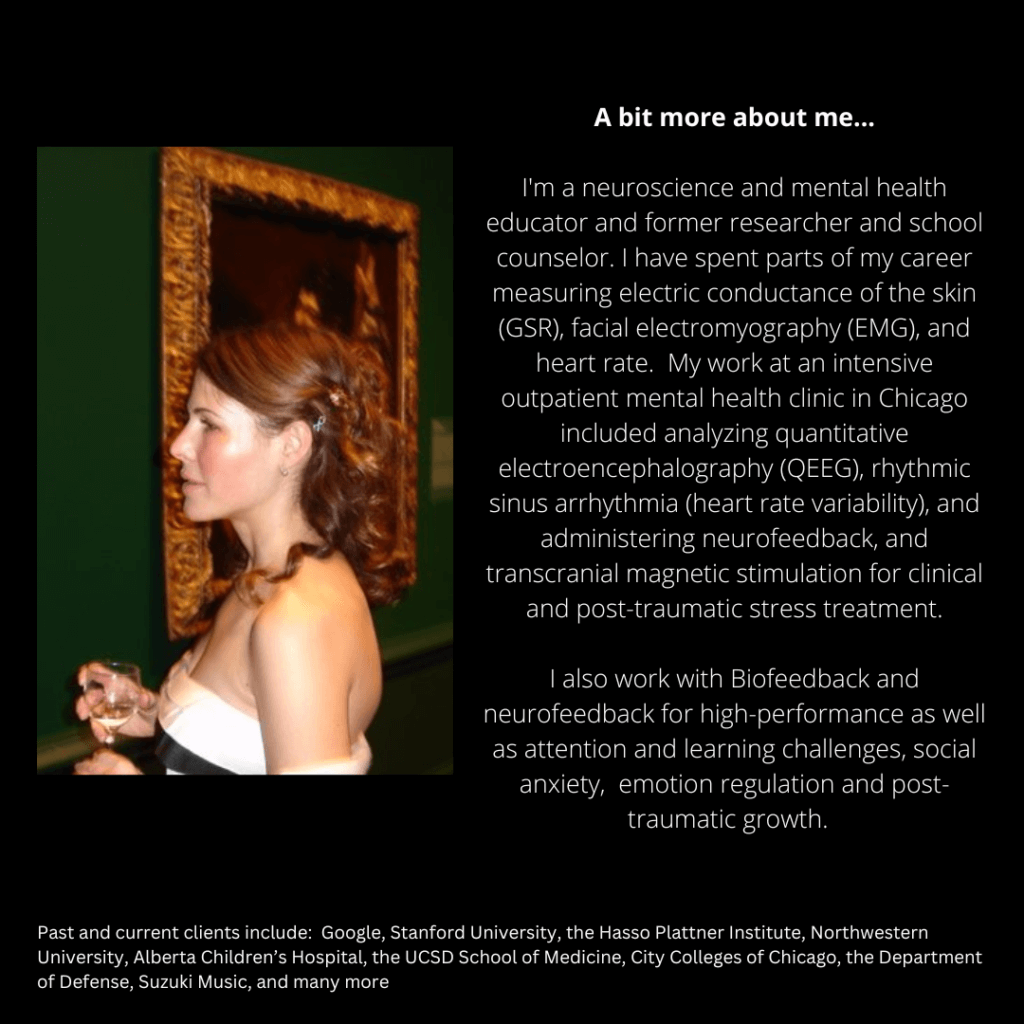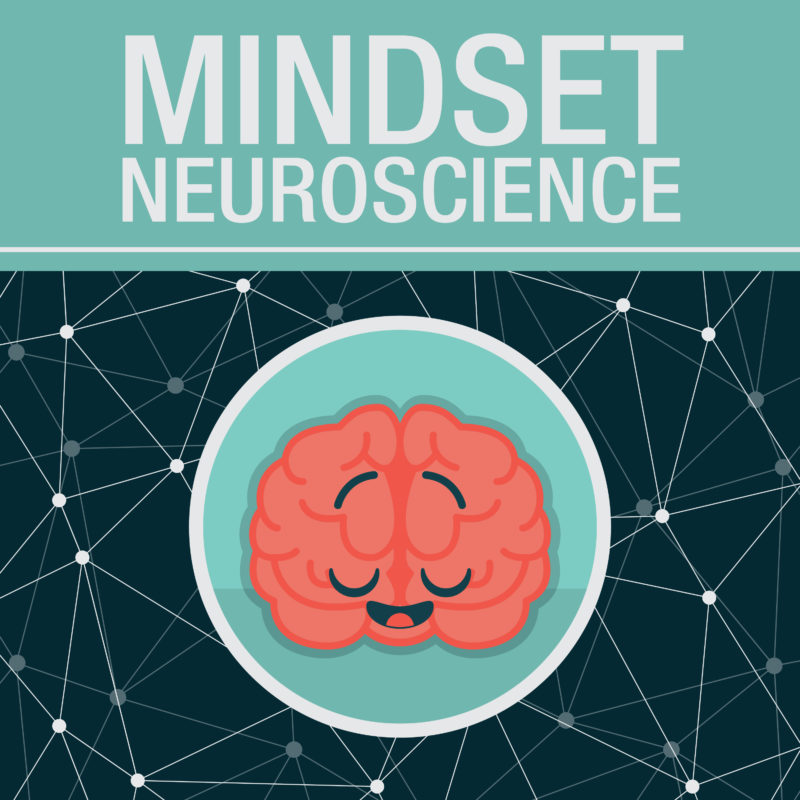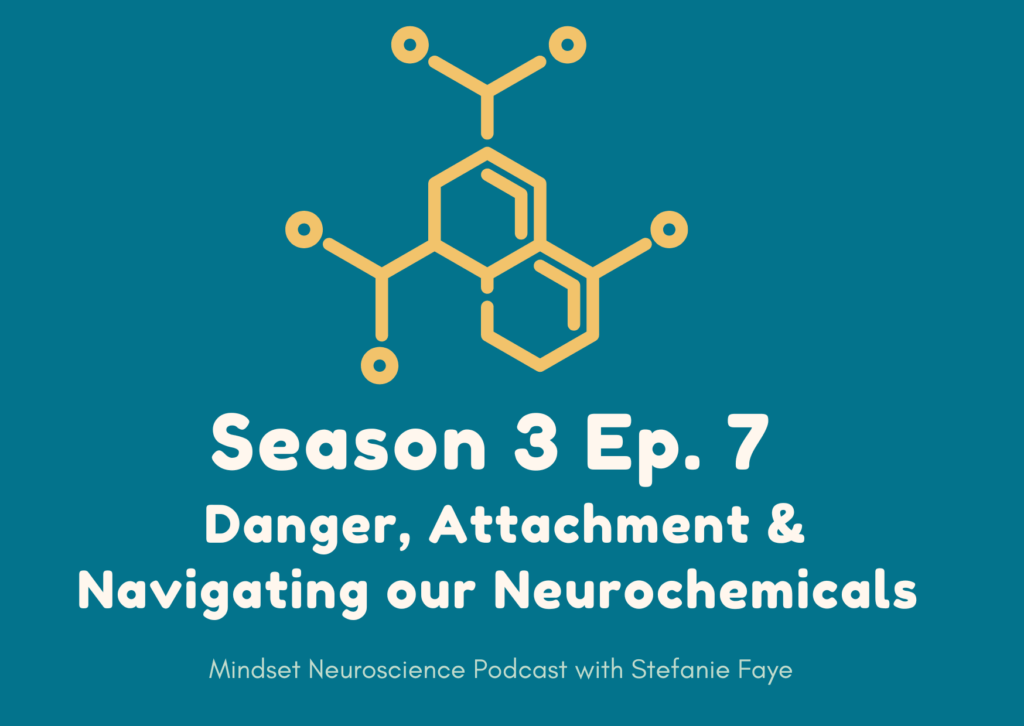
How we respond to danger (perceived and real, physical and social), and WHO we turn to (including ourselves and others) in the midst of uncertainty and threat is one of the most powerful foundations for future behavior and how we process information.
The level of self-regulating abilities in the people we have around us during times of danger, ambiguity and uncertainty are one of the most critical aspects of how accurately we predict, prepare for and respond to future situations. This is especially true when we are young, but affects us throughout our lives.
Attachment (and our social behaviors) are about information processing: whether we distort, omit data, include erroneous information, or bias feelings over logic, or logic over emotions.
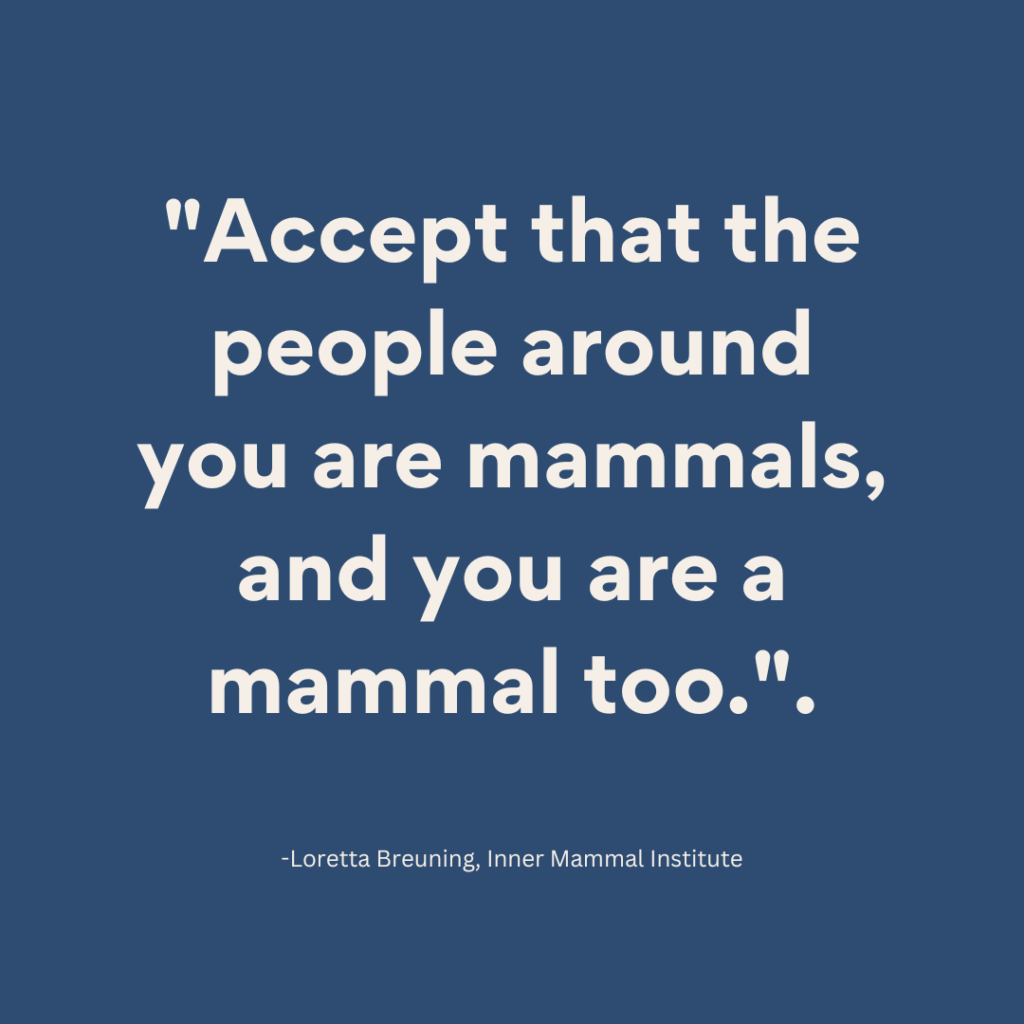
Danger - and how it is dealt with - is a central theme of attachment - and therefore human interaction.
The concept of how we regulate ourselves and with others, and how we deal with social danger, rejection, status, comparison, the need for acceptance, and how we diversify our abilities to navigate our neurochemicals are topics we cover this Episode of the Mindset Neuroscience Podcast, where I interview Loretta Breuning of the Inner Mammal Institute.
In our interview, we explore many intriguing and relevant topics including:
- The neurochemicals associated with how it feels to have social support - and how this differs from social dominance
- The fluctuations of neurochemicals, feelings and behaviors tied to threat, rejection, and constantly seeking external rewards and short-term gratification
- Being more realistic about the ups and downs of all of our neurochemical states, rather than believing we should feel good all the time.
- The biological purposes to the fluctuations and varieties of states we experience and why it’s helpful for us to understand this so we can get better at making choices that are good for our mental and physical health
- The life-threatening feelings people experience when it comes to social rejection, and social comparison
- How our brain and body store information about threats, and how this can significantly influence our current reactions to people
- The idea of ‘dopamine droop’ and our constant urge to seek reward and avoid discomfort
"We have inherited a brain that compares itself to others to promote its survival.
It creates has a sense of urgency about how it measures up. If you don’t know you are creating this feeling yourself, you think the world is doing it to you. You feel bitter, resentful, and victimized.
Instead, you can accept that the people around you are mammals, and you are a mammal too.""
-Loretta Breuning
In this episode, I also go over the Dynamic Maturational Model of Protective Strategies.
This model centers around the concept of danger and how the attunement and attachment we have to others during times of danger influence our information processing. Challenges with information processing include distorting and omitting signals and cues from the environment, and biasing our thoughts and behaviors based on protective strategies that emerged in childhood.
This is just one framework of many that are out there. I don't believe one framework explains all human behavior, but I think it's helpful to hear about models that have a lot of depth and long track records of being developed and tested over time, such as this one. The more we hear about nuances and potential ideas of why we think and react the way we do, the more this information has a chance of entering our conscious awareness, our conscious 'workspace'. Once we have conscious access to our own inner workings and externally-observed behaviors, we have a better chance of choosing differently. As Stanislas Dehaene states, in his book Consciousness and the Brain:
"[...] any information that reaches the conscious workspace immediately becomes capable of regulating, in an extremely deep and extensive manner, all our thoughts. [...] As a result, whatever we become aware of becomes available to drive our decision and our intentional actions, giving rise to the feeling that they are "under control".
As we deepen our understanding, we get better at knowing how to prepare and respond to what is going on around us and within us.
We get better at recognizing patterns. Pattern recognition is one of the keys to improving our abilities to achieve our goals. And our goals often consist of improving how we interact with others so that we can regulate our nervous systems and optimize our functioning and wellbeing. I hope some ideas from this podcast can help us with that.
